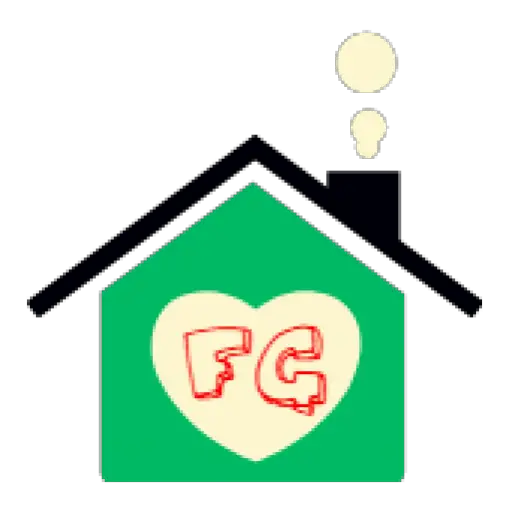Cleaning your home can be a big task. Different tools help make it easier. Two such tools are vacuum cleaners and floor buffers. They look different. They work differently. And they serve different purposes. But what are the key differences between these tools? Let’s find out.
What is a Vacuum Cleaner?
A vacuum cleaner is a device that sucks up dirt. It uses an electric motor. The motor creates suction. This suction pulls dust and debris into the machine. Vacuum cleaners are common in homes. They are used on carpets, rugs, and hard floors.
Types Of Vacuum Cleaners
There are many types of vacuum cleaners. Each type has its own use. Here are some common ones:
- Upright Vacuum: Good for large areas. Easy to push around.
- Canister Vacuum: Comes with a hose. Good for stairs and hard-to-reach places.
- Handheld Vacuum: Small and portable. Good for quick clean-ups.
- Robot Vacuum: Works on its own. Good for daily maintenance.
How Does A Vacuum Cleaner Work?
A vacuum cleaner works in a few simple steps:
- The motor turns on.
- Suction is created.
- Dirt and dust are pulled in.
- The dirt goes into a bag or container.
Vacuum cleaners are great for regular cleaning. They keep your floors free of dust and dirt.
What is a Floor Buffer?
A floor buffer is another cleaning tool. It cleans and polishes floors. It is also known as a floor polisher. Floor buffers are larger machines. They have a rotating pad or brush. This pad or brush spins at high speed. The spinning action scrubs and polishes the floor.
Types Of Floor Buffers
There are different types of floor buffers. Each type serves a different purpose. Here are some common ones:
- Low-Speed Buffer: Used for scrubbing. Spins at 175-300 RPM (revolutions per minute).
- High-Speed Buffer: Used for polishing. Spins at 1,000-3,000 RPM.
- Dual-Speed Buffer: Can switch between low and high speeds.
How Does A Floor Buffer Work?
A floor buffer works in a few simple steps:
- The motor turns on.
- The pad or brush starts to spin.
- The spinning action scrubs the floor.
- The floor gets cleaned and polished.
Floor buffers are great for deep cleaning. They make your floors shine.
Key Differences between Vacuum Cleaner and Floor Buffer
Now that we know what vacuum cleaners and floor buffers are, let’s compare them. Here are the key differences:
| Feature | Vacuum Cleaner | Floor Buffer |
|---|---|---|
| Purpose | Removes dust and dirt | Cleans and polishes floors |
| Working Method | Uses suction | Uses spinning action |
| Common Use | Carpets, rugs, hard floors | Hard floors |
| Types | Upright, Canister, Handheld, Robot | Low-Speed, High-Speed, Dual-Speed |
| Size | Usually smaller | Usually larger |

Credit: www.scribd.com

Credit: ifmuk.wordpress.com
When to Use a Vacuum Cleaner
Use a vacuum cleaner for daily cleaning. It is good for removing dust and dirt. Use it on carpets and rugs. Use it on hard floors. Use it in your car. Use it on your furniture. It is versatile and easy to use.
When to Use a Floor Buffer
Use a floor buffer for deep cleaning. It is good for polishing floors. Use it on hard floors. Use it to remove stains. Use it to make your floors shine. It is powerful and effective.
Choosing the Right Tool
Choosing the right tool depends on your needs. If you need to remove dust and dirt, use a vacuum cleaner. If you need to clean and polish floors, use a floor buffer. Both tools have their place in home cleaning. Both tools help keep your home clean and shiny.
Frequently Asked Questions
What Is A Vacuum Cleaner?
A vacuum cleaner is a device that uses suction to remove dirt from floors.
How Does A Floor Buffer Work?
A floor buffer uses a rotating pad to scrub and polish floors.
Can A Vacuum Cleaner Polish Floors?
No, vacuum cleaners only clean by suction. They do not polish or scrub.
Are Vacuum Cleaners Suitable For Hard Floors?
Yes, vacuum cleaners are suitable for hard floors, carpets, and rugs.
Conclusion
In summary, vacuum cleaners and floor buffers are important cleaning tools. They serve different purposes. A vacuum cleaner removes dust and dirt. A floor buffer cleans and polishes floors. Understanding their differences helps you choose the right tool. Happy cleaning!
